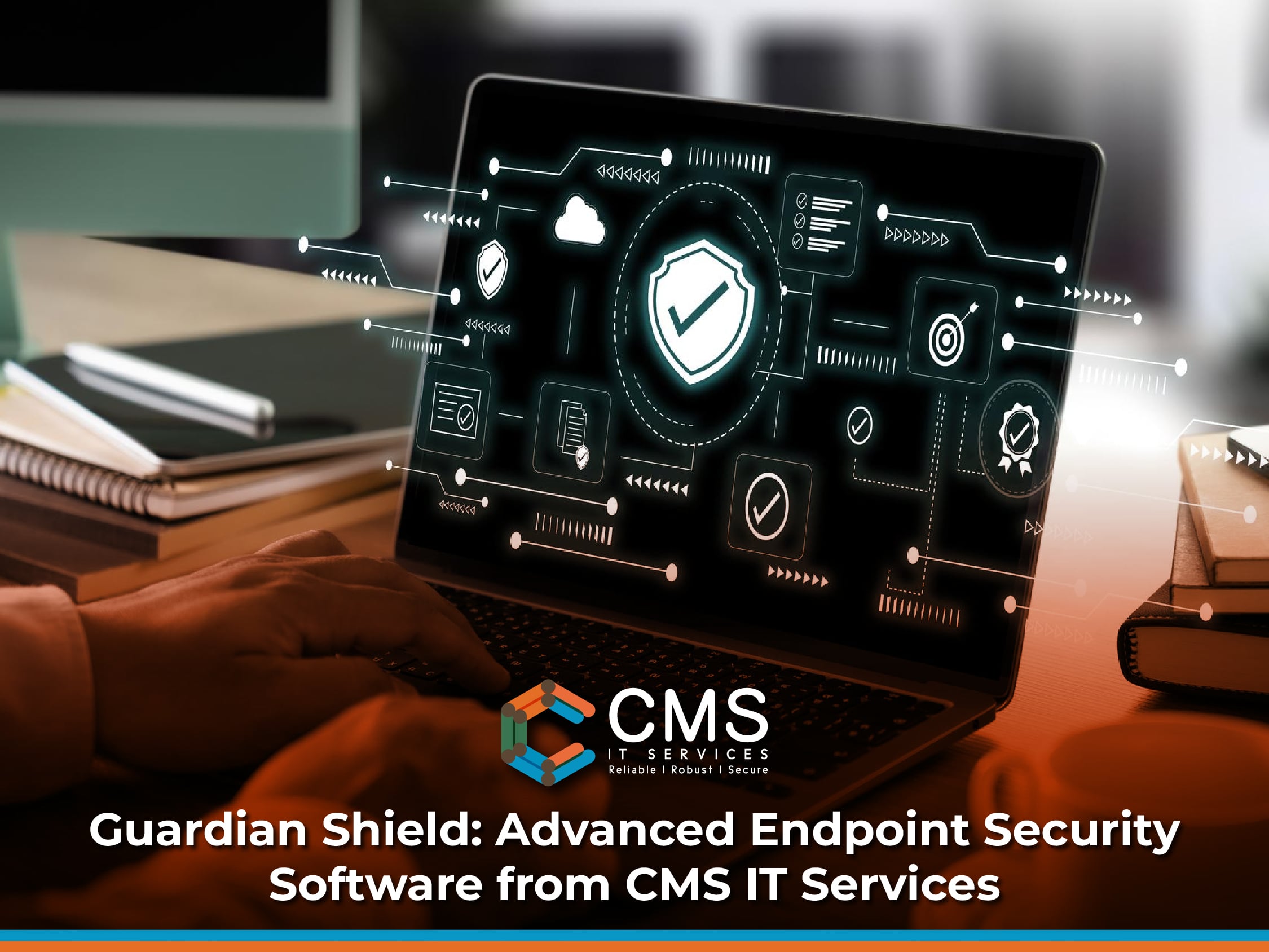In today’s digital landscape, ensuring robust security measures is paramount for businesses. With cyber threats evolving constantly, having reliable endpoint security software is non-negotiable. In this article, we delve into the realm of endpoint security software, particularly focusing on the cutting-edge solution offered by CMS IT Services.
Overview of Endpoint Security Software
Endpoint security software refers to a suite of tools designed to protect endpoints—devices such as laptops, desktops, smartphones, and tablets—from malicious activities. These activities include malware, ransomware, phishing attacks, and unauthorized access attempts.
Challenges in Endpoint Security
Emerging Threats: The cybersecurity landscape is ever-changing, with cybercriminals constantly devising new methods to breach defenses. From sophisticated malware to zero-day exploits, the threat spectrum is vast and evolving.
BYOD Policies: The proliferation of Bring Your Own Device (BYOD) policies introduces additional security challenges. Balancing convenience with security becomes imperative to prevent potential breaches stemming from unsecured devices.
Importance of Endpoint Security
Protection of Sensitive Data: Endpoints often serve as gateways to sensitive organizational data. Endpoint security software plays a pivotal role in safeguarding this data from unauthorized access or exfiltration.
Compliance Regulations: Adhering to industry-specific regulations such as GDPR, HIPAA, or PCI DSS mandates robust endpoint security measures. Non-compliance can result in severe penalties and reputational damage.
Features and Benefits of Endpoint Security Software
Real-time Monitoring: CMS IT Services’ endpoint security software provides real-time monitoring capabilities, allowing proactive threat detection and immediate response to security incidents.
Threat Detection and Response: Powered by advanced algorithms and threat intelligence, the software identifies and mitigates threats swiftly, minimizing the impact of potential breaches.
Centralized Management: With a centralized management interface, administrators can efficiently manage security policies, updates, and configurations across all endpoints, ensuring consistency and compliance.
How CMS IT Services Tackles Security
Tailored Solutions: CMS IT Services understands that one size does not fit all when it comes to security. Their solutions are tailored to meet the unique requirements and challenges of each client, ensuring optimal protection.
Advanced Threat Intelligence: Utilizing cutting-edge threat intelligence feeds, CMS IT Services stays ahead of emerging threats, continuously updating their software to combat the latest attack vectors effectively.
Case Studies
Successful Implementations: Numerous organizations across industries have successfully implemented CMS IT Services’ endpoint security software, experiencing significant improvements in their security posture.
Improved Security Posture: By leveraging CMS IT Services’ solution, businesses have reported reduced incidents of malware infections, data breaches, and downtime, leading to enhanced productivity and peace of mind.
Future Trends
AI and Machine Learning Integration: The future of endpoint security lies in the integration of artificial intelligence (AI) and machine learning (ML) technologies. CMS IT Services remains at the forefront of this evolution, incorporating AI-driven threat detection and response mechanisms into their software.
Conclusion | Endpoint Security Software
In conclusion, CMS IT Services’ endpoint security software emerges as a formidable defense against the ever-evolving landscape of cyber threats. With its robust features, proactive threat detection capabilities, and commitment to innovation, it stands as a beacon of trust and reliability in the realm of cybersecurity.
